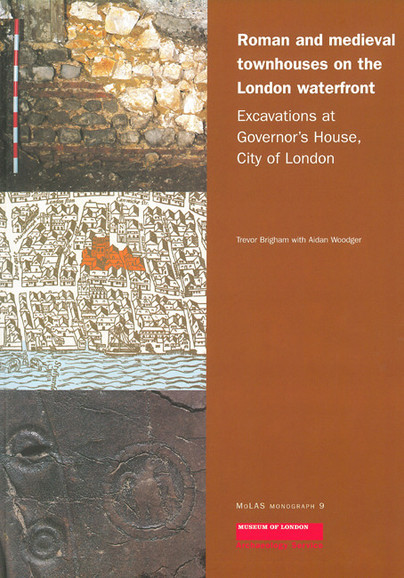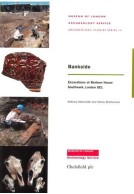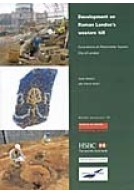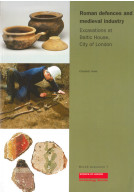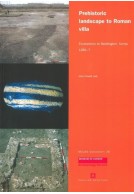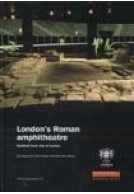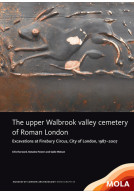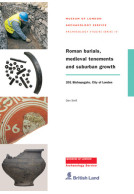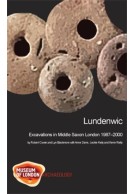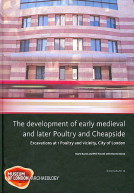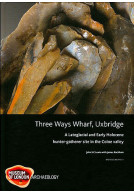Google Books previews are unavailable because you have chosen to turn off third party cookies for enhanced content. Visit our cookies page to review your cookie settings.
Roman and Medieval Townhouses on the London Waterfront (Paperback)
Excavations at Governor's House, City of London
Imprint: MOLA (Museum of London Archaeology)
Series: MoLAS Monograph
Pages: 140
Illustrations: 74 b/w illus
ISBN: 9781901992212
Published: 1st December 2001
Script Academic & Professional
Series: MoLAS Monograph
Pages: 140
Illustrations: 74 b/w illus
ISBN: 9781901992212
Published: 1st December 2001
Script Academic & Professional
You'll be £4.95 closer to your next £10.00 credit when you purchase Roman and Medieval Townhouses on the London Waterfront. What's this?
+£4.99 UK Delivery or free UK delivery if order is over £40
(click here for international delivery rates)
Need a currency converter? Check XE.com for live rates
(click here for international delivery rates)
Need a currency converter? Check XE.com for live rates
The north bank of the Thames near Cannon Street Station was occupied by some of London's most prominent buildings in both the Roman and Medieval periods. Substantial stone walls revealed at the site in 1969 were initially interpreted as part of a Roman townhouse attached to the 'Governor's Palace' building complex to the west. In 1994-7 new excavations uncovered a prehistoric marsh, a riverside quay dated to AD 84 and a revetment constructed in c. AD 100-200. Later Roman buildings were recorded on terraces overlooking the Thames. Two of these buildings predated the townhouse, and one of these may have been a goldworker's premises. Important new evidence for the ground plan and use of the later townhouse has revealed that it developed separately from other large Roman buildings to the west. Part of a Tuscan order column recovered from the site suggests that the building had some architectural pretensions and a high status. In the late 4th century the townhouse was demolished and the settlement abandoned. The first evidence of reoccupation at the site took the form of early 11th century pitting succeeded by sunken-floored or cellared buildings. The walls of the 14th century Pountney's Inn, later the Manor of the Rose, were recorded along Suffolk Lane. This volume presents the results of the archaeological work at this important site in a clear chronological narrative supported by many detailed illustrations and specialist reports.
Customers who bought this title also bought...
Other titles in the series...
Other titles in MOLA (Museum of London Archaeology)...







